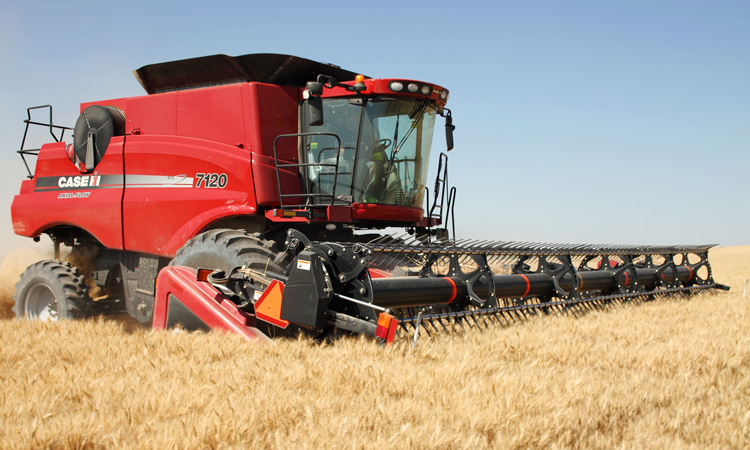Report provides framework for understanding climate risks to agriculture
- Like
- Digg
- Del
- Tumblr
- VKontakte
- Buffer
- Love This
- Odnoklassniki
- Meneame
- Blogger
- Amazon
- Yahoo Mail
- Gmail
- AOL
- Newsvine
- HackerNews
- Evernote
- MySpace
- Mail.ru
- Viadeo
- Line
- Comments
- Yummly
- SMS
- Viber
- Telegram
- Subscribe
- Skype
- Facebook Messenger
- Kakao
- LiveJournal
- Yammer
- Edgar
- Fintel
- Mix
- Instapaper
- Copy Link
Posted: 31 July 2020 | Sam Mehmet (New Food) | No comments yet
The USDA report described five indicator categories to assess the impacts of climate change on agriculture, including physical, crop and livestock, biological, phenological and socioeconomic.


A new report from the US Department of Agriculture (USDA) has examined how agricultural systems are impacted by climate change and has offered a list of 20 indicators that provide insight into what is happening across the US.
The report, “Climate Indicators for Agriculture,” was co-authored by Colorado State University’s Peter Backlund, Associate Director of the School of Global Environmental Sustainability. Backlund said the research team started with the scientific fact that climate change is underway.
“We looked at the US agricultural system and examined the climate stresses,” he said. “This report outlines data that farmers and land managers can use to understand how climate change is affecting their operations, and, hopefully, guide the development of effective adaptation.”
In the report, the authors outlined how the changes taking place in agriculture affect the system that many people make their livelihoods from. “We want to help farmers, ranchers and land managers adapt better under climate change, which requires understanding what is actually happening on the ground. These indicators offer ways to measure the impacts of change,” Backlund noted.
The climate indicators described in the report are arranged in five categories, including physical (extreme precipitation and night-time air temperature), crop and livestock (animal heat stress and leaf wetness duration), biological (insect infestation in crops, crop pathogens), phenological (timing of budbreak in fruit trees, disease vectors in livestock) and socioeconomic (crop insurance payments, heat-related mortality of agricultural workers).
Backlund said the research team chose these indicators based on the strength of their connection to climate change and availability of long-term data, which was needed to identify how impacts are changing over time and whether adaptive actions are having the desired effect.
“There had to be a measurement of a variable strongly coupled with climate,” he said. “As we go forward, we will better understand the impact of climate change by using these indicators.”
The researchers opted to include night-time air temperatures as opposed to general temperature because night-time temperatures are said to have more of an effect on the way plants develop.
Some of the indicators have national data, while others are more regional. Heat stress on livestock, a huge issue for feedlot operators, will be of interest to farmers and ranchers in states including Colorado, they explained.
“Heat interferes with the rate of reproduction and rate of weight gain,” Backlund said. “This presses on the whole operation; it’s not just that a few more animals will die from getting too hot.
“You can see if you have a big climate event, like drought, one region will be much more affected than another,” he said. “If farmers have good irrigation, they’ll be much more capable in dealing with periods of low rainfall.”
Backlund said the indicator covering weed range and intensity was also notable. As carbon dioxide concentrations increase, he noted that researchers are seeing extreme northern migrations and expanded ranges for weeds.
Related topics
Related organisations
Colorado State University, US Department of Agriculture (USDA)








